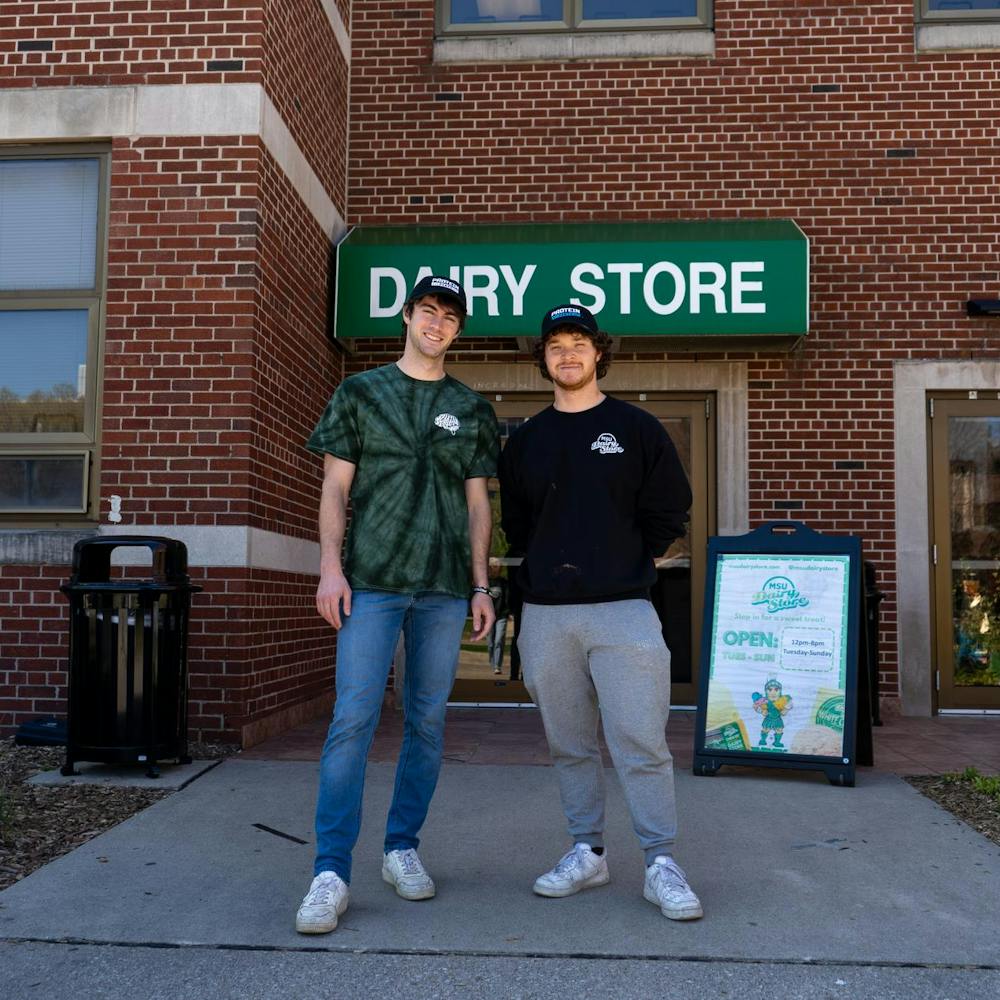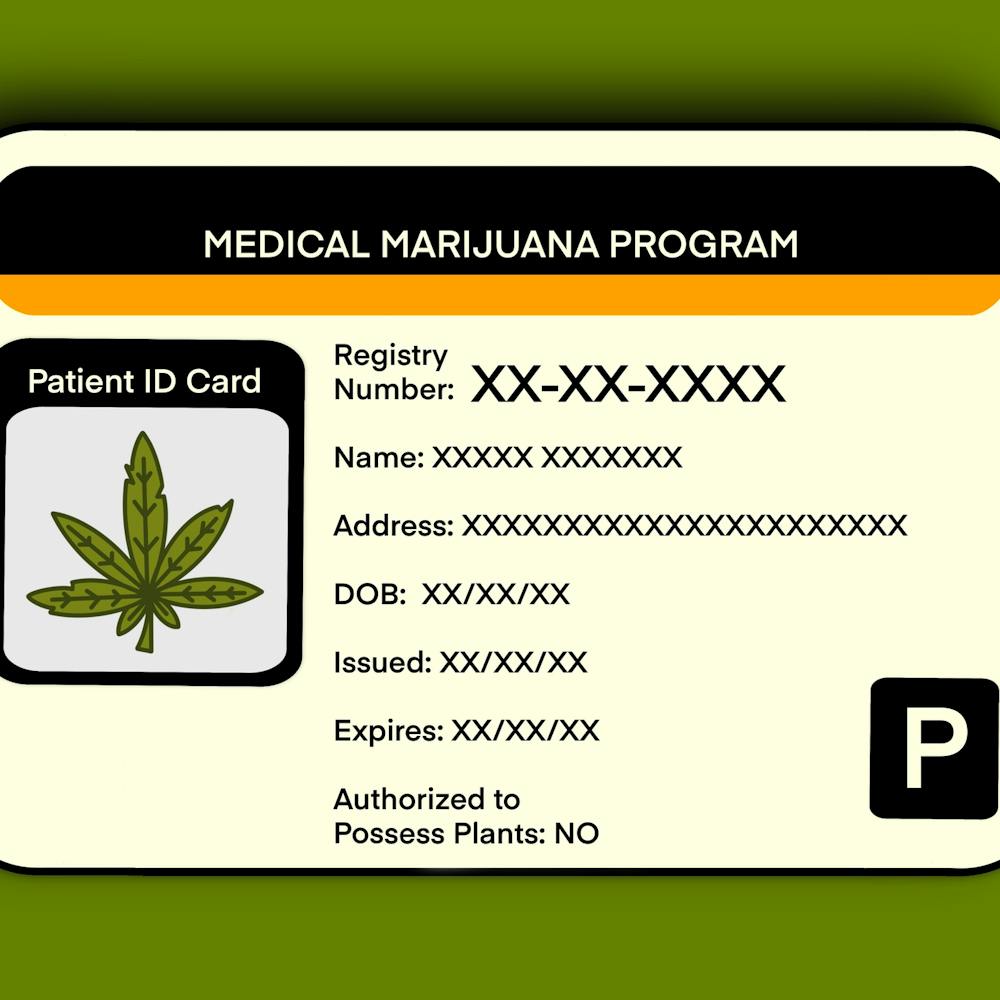As the cost of getting an education goes up with each passing year, it seems as though it’s getting harder for students to get loans unless their credit is in near perfect condition.
Some students are looking for new ways to pay for college other than borrowing from banks and government agencies. One alternative is to use peer-to-peer lending Web sites. These sites seem to offer students a better deal on loans than some of the more conventional methods.
Some of these sites were created with the intent of formalizing loans between family members and friends. Other sites allow borrowers to publicize the amounts they want to raise and the interest rates they can afford to pay. Lenders can then bid on funding all, or on some sites a portion of the loan, and as the competition strengthens, the interest rate a student will have to pay declines.
Sounds like loan heaven, right? Guess again.
There’s always a risk involved when talking about money. In the case of peer-to-peer lending, the risks might be greater.
Students shouldn’t jump at the chance of taking out loans from these sites. Likewise, lenders shouldn’t be so quick to make a bid.
There’s no way to tell if these Web sites are federally insured and it’s not uncommon for borrowers to fail to pay back a loan. If the only contact the borrower and lender have is through the site and the site goes down, there is no way for the lender to receive payment. Some of the sites offer lenders some protection against losses, but it’s unlikely that a lender would receive the equivalent of what was dished out.
The possibility that these loans could backfire on the student are endless. For one, the lenders could be loan sharks looking to get money. Unless it violates the terms of the contract, the lender could raise the interest rates as often as they’d like. The payback period on these loans are also shorter. Some banks and government agencies allow students to pay back loans after they graduate, whereas some of the peer-to-peer lending Web sites want borrowers to start repaying the loan immediately, sometimes within as little as three years. The location of the lender is also an issue. The Internet is accessible all over the world. If someone in the Bahamas stumbles across this site, it might be a great investment for them but a pain for you.
For example, the exchange rate might be lower in U.S. dollars, and the same laws might not apply if you have to take legal action.
The money used for the loan could also be counterfeit. Sounds a little far-fetched, but it’s not impossible. If that occurs, not only would the student not have enough money to pay for college, but they also may be implemented in a criminal case.
The bank and other government agencies should always be a student’s first option. Unless a student has exhausted all of their funds and has absolutely no other means of paying for college, they shouldn’t attempt to take out loans from these sites.
The purpose of these peer-to-peer Web sites is to give people an alternative place to invest in or borrow money and to possibly help students pay for college. If lenders really wanted to help students, a better idea would be to set up a scholarship. Helping to fund an education should be looked at as more than a business proposition.
Support student media!
Please consider donating to The State News and help fund the future of journalism.
Discussion
Share and discuss “Peer-to-peer loans seem risky lending option” on social media.





